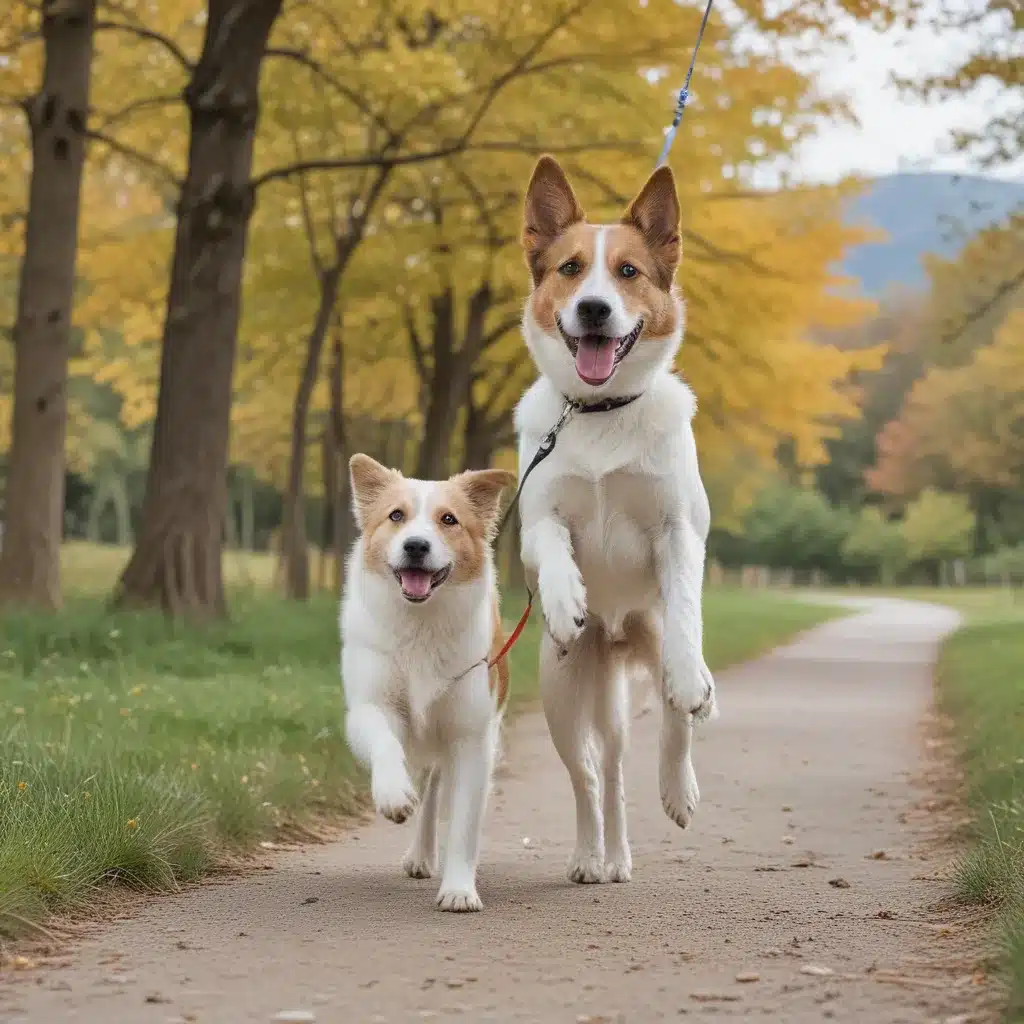
If you’ve ever had the pleasure of owning a four-legged bundle of energy, you know all too well the struggles of an overly excitable pup. My German Shorthair Pointer, Osborne, is the epitome of this — a professional-grade dog who can turn into a whirling Tasmanian devil at the mere mention of a walk.
One day, as I was getting ready to take Osborne out, he started his usual pre-walk routine: circling, barking, and jumping all over me and my husband. I’ll admit, it was equal parts hilarious and exasperating. I decided enough was enough — it was time to get to the bottom of this and help Osborne (and us!) enjoy our walks again.
Identifying the Cues
The first step was figuring out what exactly was triggering Osborne’s overexcitement. I made a list of every single thing I did in the 30 minutes leading up to a walk — from putting on my boots to grabbing the leash. Turns out, there were a lot more cues than I realized.
Things like pushing in my chair, locking the door, and even just standing up were all part of Osborne’s mental checklist that a walk was imminent. And the more of those “pins” that fell into place, the more revved up he got. It was like a perfect storm of anticipation.
As the experts at Woof Like to Meet explained, “Dogs are super-expert at reading cues and putting them together.” Osborne had this walk routine down to a science, and I was inadvertently fueling his frenzy with every step.
Breaking the Chain
Once I had identified all the problematic cues, it was time to start breaking that predictable chain of events. The key was making the walk less, well, predictable.
I started by removing any unnecessary steps from my pre-walk routine. Did I really need to open the shutters? Nope. Did I have to put on my boots right before heading out? Definitely not. I streamlined things as much as possible to reduce the number of “pins” falling into place.
For the essential steps I couldn’t eliminate, like grabbing the leash, I worked on desensitizing Osborne. I’d pick up the leash, then put it down without going for a walk. I’d clip it on and off randomly throughout the day, not just before an actual outing. Slowly but surely, I was teaching Osborne that the leash didn’t automatically mean playtime.
Channeling that Energy
Of course, simply disrupting Osborne’s routine wasn’t enough. I also needed to give him a productive outlet for all that pent-up excitement. That’s where a little “dogskiing” came in.
I strapped on my rollerblades and let Osborne pull me around, letting him run as fast and as far as he wanted. It was a sight to behold, but more importantly, it gave him the chance to fully empty his tank before our actual walks.
After our high-speed escapade, it took Osborne a good 20 minutes to cool down. During that recovery period, I was able to start reinforcing the calm, focused behaviors I wanted to see on our regular walks.
Setting Clear Expectations
With Osborne’s excess energy expended, it was time to work on his leash manners. I taught him to heel, showing his humans how to position him and when to provide corrections. No more pulling me every which way!
I also spent time working on impulse control at the door, teaching Osborne that just because it opens doesn’t mean he can bolt out. Establishing these clear rules and boundaries was crucial for helping him understand his place in the pack.
And of course, throughout it all, I made sure to liberally apply “petting with a purpose” — rewarding calm, desired behaviors with praise and affection. Positive reinforcement is the name of the game when it comes to training an excitable pup.
Making it a Team Effort
As with any dog training journey, consistency is key. That’s why I made sure Osborne’s whole family was on board with the new program. We practiced the door routine, the leash training, and the energy-burning exercises together, ensuring everyone was delivering the same clear messages.
And you know what? It worked! Within just a single session, Osborne was walking beautifully on the leash, waiting patiently at the door, and generally much more calm and focused. Of course, it took continued effort to maintain those improvements, but the transformation was remarkable.
If your own high-energy pup is driving you up the wall, I can’t recommend enough taking the time to address the root causes of their overexcitement. With a little creativity, consistency, and commitment, you too can turn that Tasmanian devil into a well-mannered canine companion. And who knows, you might even end up with your very own dogskiing partner in the process!
Ready to get started on your own journey to a calmer, better-behaved dog? Head on over to ihavedogs.com for a wealth of resources, from training tips to dog care advice. Your four-legged friend will thank you.

